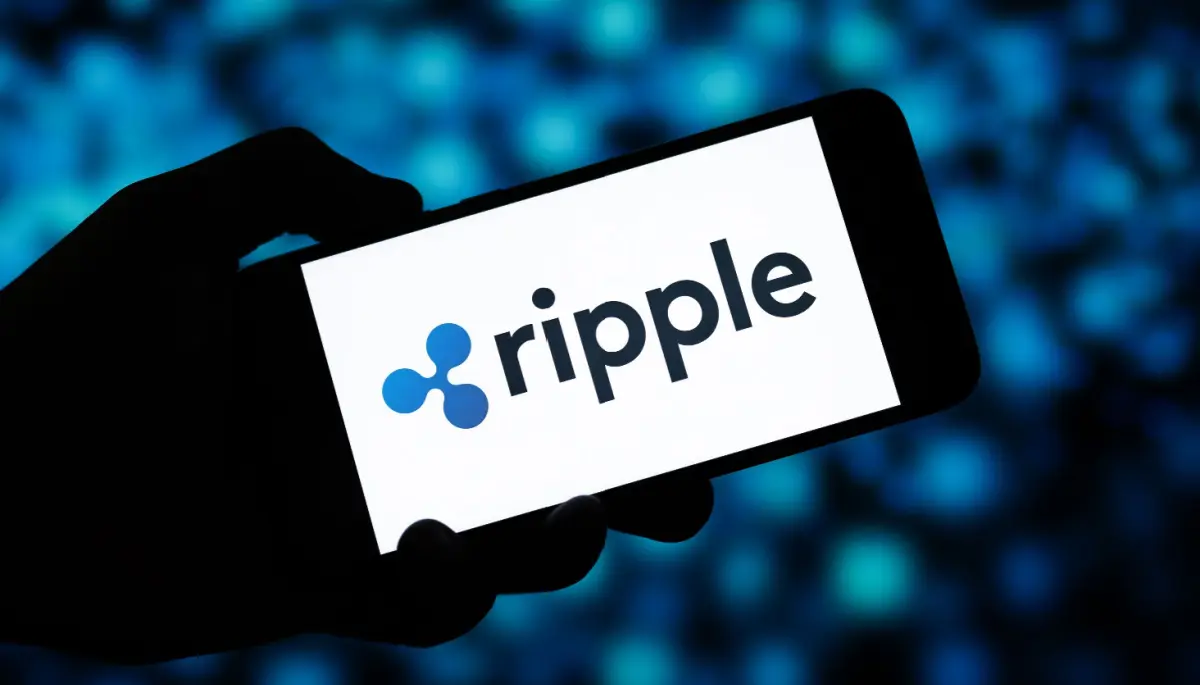- Custody is compliance-by-design, ensuring regulated stablecoin issuance and redemption.
- Hybrid custody models balance control, scalability, and institutional operational resilience.
- Singapore leads digital assets with Project Guardian and Global Layer One.
Ripple and the Blockchain Association of Singapore (BAS) have turned the spotlight on digital asset custody as the foundation for scaling stablecoin adoption. Their latest workshop was about the role that custody is playing in the future of stablecoins by making them compliant, operationally resilient, and trustworthy by institutions.
Ripple’s 2025 New Value Report revealed that 71 percent of financial institutions in the Asia Pacific have gained confidence in digital assets in the past six months. Although today only 30 percent use custody solutions, over half intend to do so within three years. This demonstrates that custody is becoming an essential support structure for the growth of stablecoins in trade finance, liquidity management, and payments.
Also Read: Bybit Proof of Reserves Reveals Trillions in Shiba Inu Holdings
Custody Frameworks at the Center of Stablecoin Growth
Industry participants agreed that custody is no longer just about holding assets securely. It is presently a compliance-by-design infrastructure that facilitates a regulated issuance and redemption of stablecoins.
Licensed providers of Digital Payment Tokens in Singapore are required to segregate client assets, have recovery frameworks, and strict internal controls. These regulations explain why regulatory convergence should be integrated into custody systems.
Various models are being implemented in institutions, with some depending on self-custody for greater control, though this requires intensive investment. Others will take third-party custodians to achieve scalability, but with very high due diligence.
The hybrid models, which involve key control in-house and external operational support, are becoming popular. This shows that custody is increasingly viewed as the backbone for stablecoin expansion into trade finance, liquidity management, and payments.
Singapore’s Role in Stablecoin and Tokenisation
Singapore is strengthening its position as a leader in digital assets with initiatives such as Project Guardian and the Global Layer One (GL1) programme. Hong Kong Exchanges and Clearing (HKEX), Euroclear, JP Morgan, and Citi have partnered with GL1 to build blockchain infrastructure to support tokenised markets. The Project Guardian Fixed Income workstream (due in 2025) is expected to roll out tokenisation in debt capital markets.
The XRP Ledger can be considered a compliance-oriented blockchain in this strategy. With features like counterparty verification, fraud reversal, and secure identity management, XRPL supports regulated stablecoin use while enabling the tokenization of real-world assets.
Custody frameworks will combine resilience, regulatory alignment, and institutional integration to determine how stablecoins move from pilot use cases to large-scale financial adoption.
Also Read: Bitcoin Holders Face Heavy Losses as Exchange Inflows Surge

